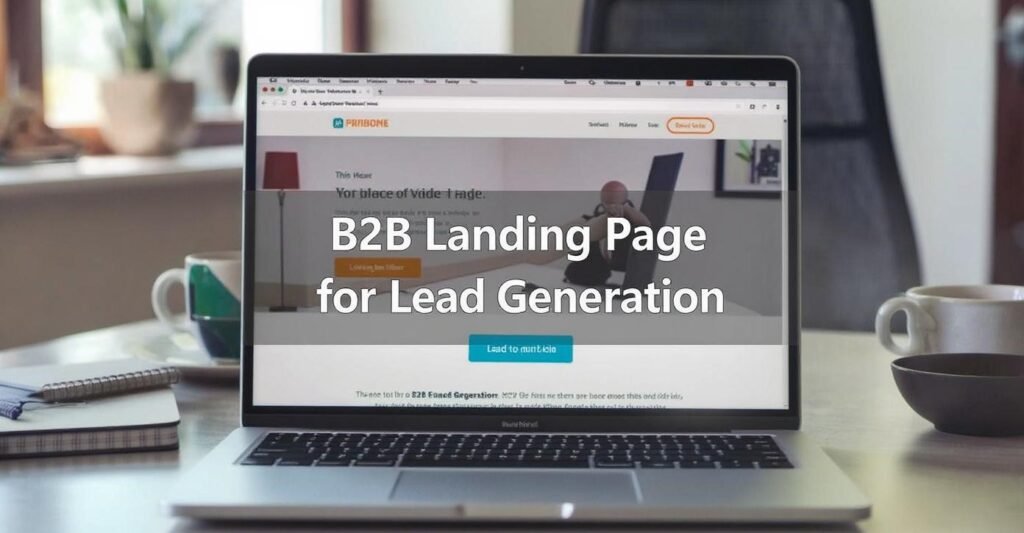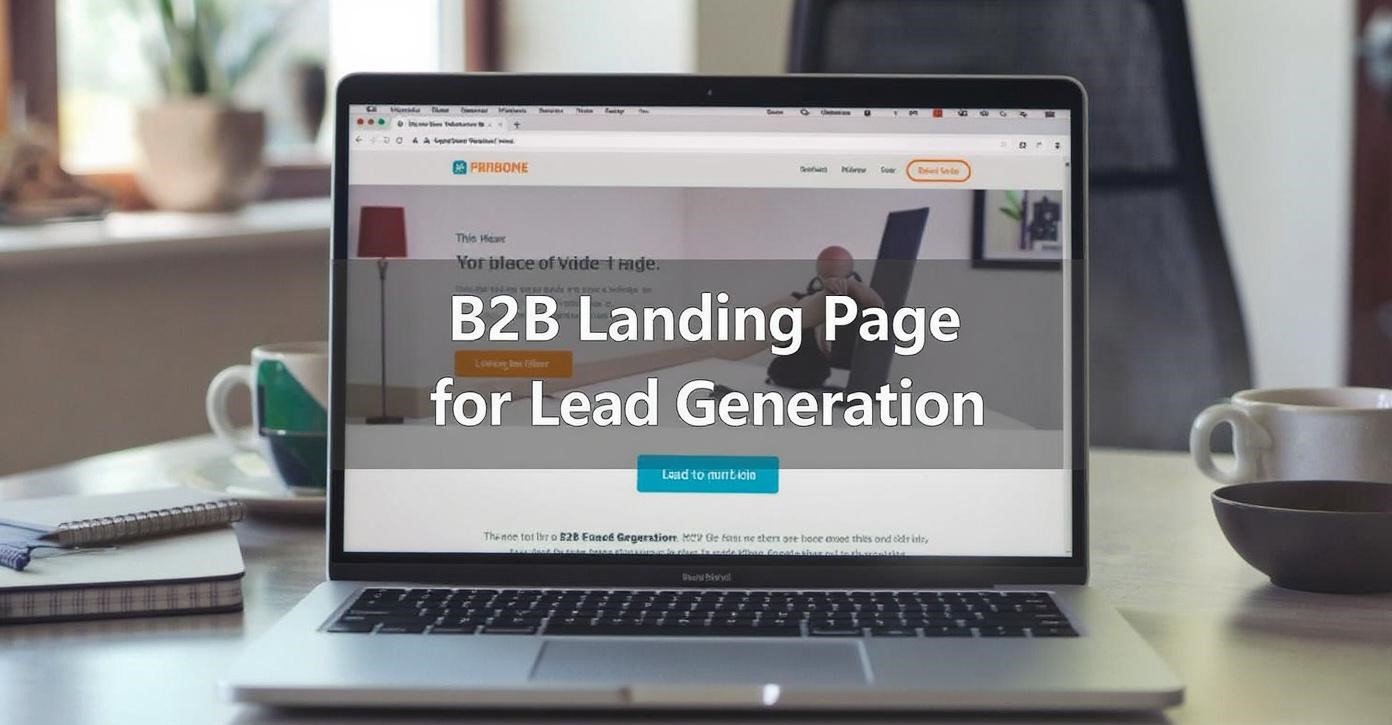A B2B Landing Page is more than a digital touchpoint. Design psychology plays a critical role in influencing visitor behavior, increasing engagement, and improving lead generation. Understanding how users perceive colors, layout, and visual cues allows marketers to craft landing pages that not only attract attention but also convert visitors into qualified leads effectively.

The Power of Visual Hierarchy
Visual hierarchy guides users to the most important elements first. By arranging headlines, images, and CTAs in a logical sequence, you can direct attention where it matters most. Contrast, font size, and placement help emphasize key messages, ensuring that visitors quickly understand your value proposition and take desired actions.
Color Psychology and Its Impact
Colors evoke emotions and can influence decision-making. For B2B landing pages, professional and trustworthy color schemes such as blues, greens, and neutrals are often effective. Bright accent colors on CTA buttons can create a sense of urgency or action, subtly encouraging visitors to engage without overwhelming them.
Strategic Use of Whitespace
Whitespace is essential for clean, readable layouts. It separates content sections, reduces visual clutter, and allows users to focus on key messages. Well-designed whitespace improves comprehension and makes forms, CTAs, and other interactive elements stand out.
Persuasive Copywriting Principles
Copywriting must align with design to guide users naturally. Short, clear, and benefit-focused sentences capture attention and communicate value efficiently. Bullet points, headings, and subheadings improve scanability, allowing decision-makers to quickly digest information while reinforcing key points.
Call-to-Action Placement
CTA placement is critical for conversions. Above-the-fold CTAs provide immediate action opportunities, while repeating CTAs throughout longer pages ensures accessibility at different engagement points. The CTA text should be direct and action-oriented, such as “Request a Demo” or “Download the Guide,” prompting users to take measurable steps.
Social Proof and Credibility
Social proof reinforces trust and authority. Testimonials, case studies, and client logos demonstrate proven results, which are vital in B2B marketing. Trust signals, including certifications or industry awards, help reduce perceived risks and encourage engagement from potential leads.
Optimized Forms for Lead Capture
Forms should be designed to maximize submissions while capturing essential lead data. Ask only for necessary details such as name, email, and company. Progressive profiling can gather additional information over time. Mobile-friendly forms with inline validation reduce friction and improve conversion rates.
Mobile and Performance Optimization
Responsive design ensures that the landing page performs seamlessly on mobile devices, which are increasingly used by business professionals. Fast loading speeds and smooth navigation reduce bounce rates, enhance user experience, and encourage completion of desired actions.
Data-Driven Design Improvements
Using analytics and A/B testing helps marketers understand which design elements drive engagement. Heatmaps, scroll tracking, and conversion metrics reveal user behavior, allowing iterative improvements. Testing variations of colors, layouts, CTAs, and images ensures that the landing page is continuously optimized for higher conversions.
Personalization and Dynamic Content
Personalization increases relevance and engagement. Dynamic content that adjusts based on user segment, industry, or previous interactions improves the visitor experience. Tailored messaging makes prospects feel understood, enhancing the likelihood of lead submission. AI-driven personalization tools can automate and optimize this process efficiently.
Multi-Channel Consistency
Consistency across marketing channels strengthens credibility. Whether visitors arrive via email, social media, PPC ads, or organic search, the landing page design should reflect the messaging and branding of the source channel. Cohesive experiences build trust and improve conversion rates.
Security and Compliance Considerations
Trust is essential in B2B interactions. Displaying privacy policies, GDPR notices, and secure submission indicators reassures visitors. Security compliance is particularly important when collecting sensitive business information, making it a necessary element in landing page design.
Continuous Optimization
A high-performing B2B landing page evolves with user behavior and industry trends. Continuous testing, updating visuals, and integrating new design strategies such as interactive elements, videos, or chatbots help maintain engagement and boost lead generation performance.
By integrating design psychology, persuasive copy, clear CTAs, trust signals, and mobile-friendly layouts, B2B landing pages can influence visitor behavior effectively and maximize lead generation potential.
Read Full Article : https://acceligize.com/featured-blogs/what-makes-a-great-b2b-landing-page-for-lead-generation/
About Us : Acceligize is a global B2B demand generation and technology marketing company helping brands connect with qualified audiences through data-driven strategies. Founded in 2016, it delivers end-to-end lead generation, content syndication, and account-based marketing solutions powered by technology, creativity, and compliance.


